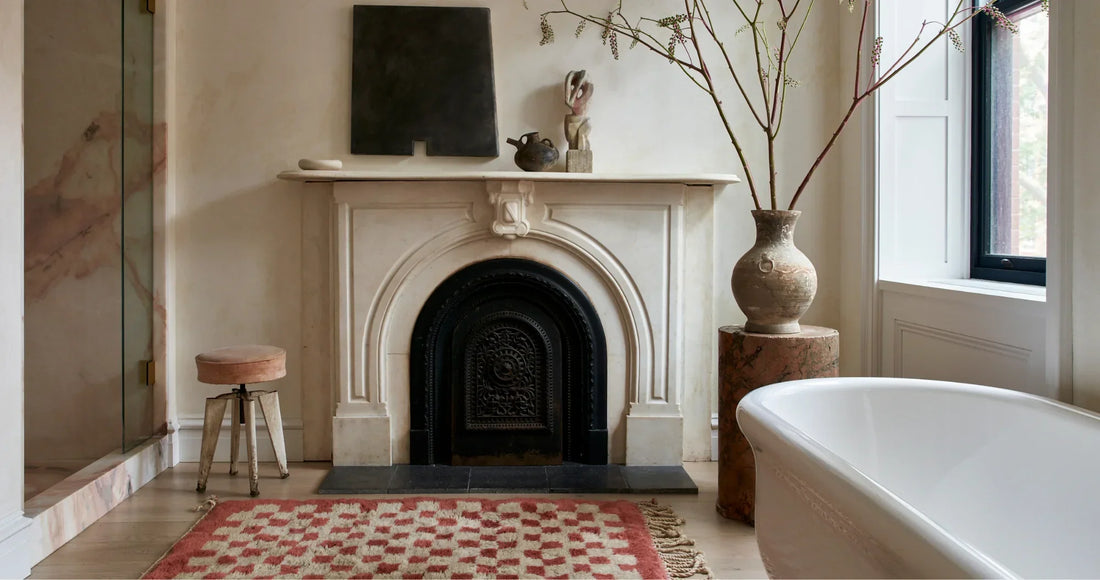
Elevating Elegance: Unveiling the Allure of Decorative Pedestals and Plinths in Interior Design
Decorative pedestals and plinths, often overlooked in the design world, possess a unique charm that can transform ordinary spaces into extraordinary showcases of artistry. These architectural elements have graced the grand halls of history and now grace contemporary interiors, offering a platform to elevate sculptures, vases, and cherished items. Delve into the world of decorative pedestals and plinths as we explore their history, versatile applications, design considerations, and the captivating impact they bring to interior spaces.
Historical Foundations: A Glimpse into Pedestal Origins
The concept of elevating objects on pedestals dates back to ancient civilizations, where statues of gods, leaders, and deities were showcased as towering symbols of power and reverence. These architectural bases not only elevated the stature of the sculptures but also provided a platform for artistic expression. Over time, pedestals evolved from functional supports to decorative pieces in their own right, adding architectural interest to interiors.
Versatile Applications: Defining Spaces with Decorative Flair
Decorative pedestals and plinths offer diverse applications that enhance the aesthetic and functional aspects of interior design:
-
Artistic Showcase: Elevate sculptures, art pieces, and decorative items to create captivating focal points that draw the eye and spark conversation.
-
Floral Elegance: Use pedestals to display floral arrangements, showcasing nature's beauty at eye level and adding a touch of opulence to any room.
-
Statues and Figurines: Highlight collectibles, antique figurines, or modern statuettes on pedestals to give them prominence and appreciation.
-
Cultural Expression: Place artifacts, pottery, or cultural treasures on pedestals to honor their significance and celebrate their heritage.
-
Entryway Welcome: Frame an entryway with pedestals, welcoming guests with an artistic and sophisticated introduction to your home.
-
Architectural Enhancement: Utilize plinths to add architectural interest to niches, corners, or areas that require a touch of elegance.
Design Considerations: Crafting a Pedestal Presence
-
Material Matters: Choose materials that harmonize with your design style. Wood lends warmth, while stone exudes classical grandeur.
-
Height and Proportion: Select pedestal heights that suit the items you intend to display. The proportions should enhance rather than overpower.
-
Texture and Finish: Consider the texture and finish of the pedestal. Smooth, polished surfaces exude modernity, while textured ones add character.
-
Color Palette: Opt for pedestal colors that complement the room's color palette. Neutral tones blend seamlessly, while contrasting colors make a statement.
Impactful Interior Aesthetics
-
Visual Elevation: Pedestals and plinths visually elevate items, creating an impact that wouldn't be achieved at ground level.
-
Architectural Drama: These elements introduce architectural depth, creating layers that captivate the eye and contribute to a dynamic interior.
-
Personal Expression: By displaying items of personal significance on pedestals, you infuse the space with your unique narrative and character.
-
Framing and Emphasis: Placing items on pedestals frames them with a sense of importance, guiding viewers' attention and highlighting their beauty.
Styles and Themes: Weaving Pedestals into Design Stories
-
Classical Elegance: Embrace the timeless allure of classical design by pairing sculptures with marble or stone pedestals, creating a museum-like ambiance.
-
Contemporary Chic: In modern interiors, minimalistic pedestals with clean lines complement sleek sculptures, adding an air of sophistication.
-
Eclectic Fusion: Experiment by pairing pedestals of varying styles with art pieces of diverse origins for a curated, eclectic display.
Lighting Enhancement: Illuminating Elegance
-
Spotlighting: Use spotlights or adjustable lighting fixtures to highlight sculptures and items displayed on pedestals, creating dramatic focal points.
-
Underlighting: Placing lighting at the base of a pedestal can cast intriguing shadows, adding depth and a touch of mystery.
Caring for Pedestals and Plinths
-
Dusting: Regularly dust pedestals to prevent the accumulation of dirt. Use a soft cloth or feather duster to avoid scratching surfaces.
-
Protection: Place felt pads or cushions under objects to prevent direct contact with the pedestal surface, safeguarding against scratches.
-
Cleaning: Use gentle cleaning products appropriate for the material of your pedestal. Avoid abrasive cleaners that could damage finishes.
In Conclusion: Artful Elevations That Capture Attention
Decorative pedestals and plinths are design elements that effortlessly marry form and function. From their historical roots in grand halls to their contemporary place in homes, these elevated platforms continue to add architectural intrigue and artistic flair to interiors. Whether you're showcasing sculptures, collectibles, or simply enhancing the visual allure of a room, pedestals and plinths stand as pillars of elegance that frame and elevate your cherished items. By understanding their versatile applications, mastering design considerations, and weaving them into your chosen design themes, you can embrace the transformative power of these architectural accents, transforming your living spaces into galleries of style and sophistication.
